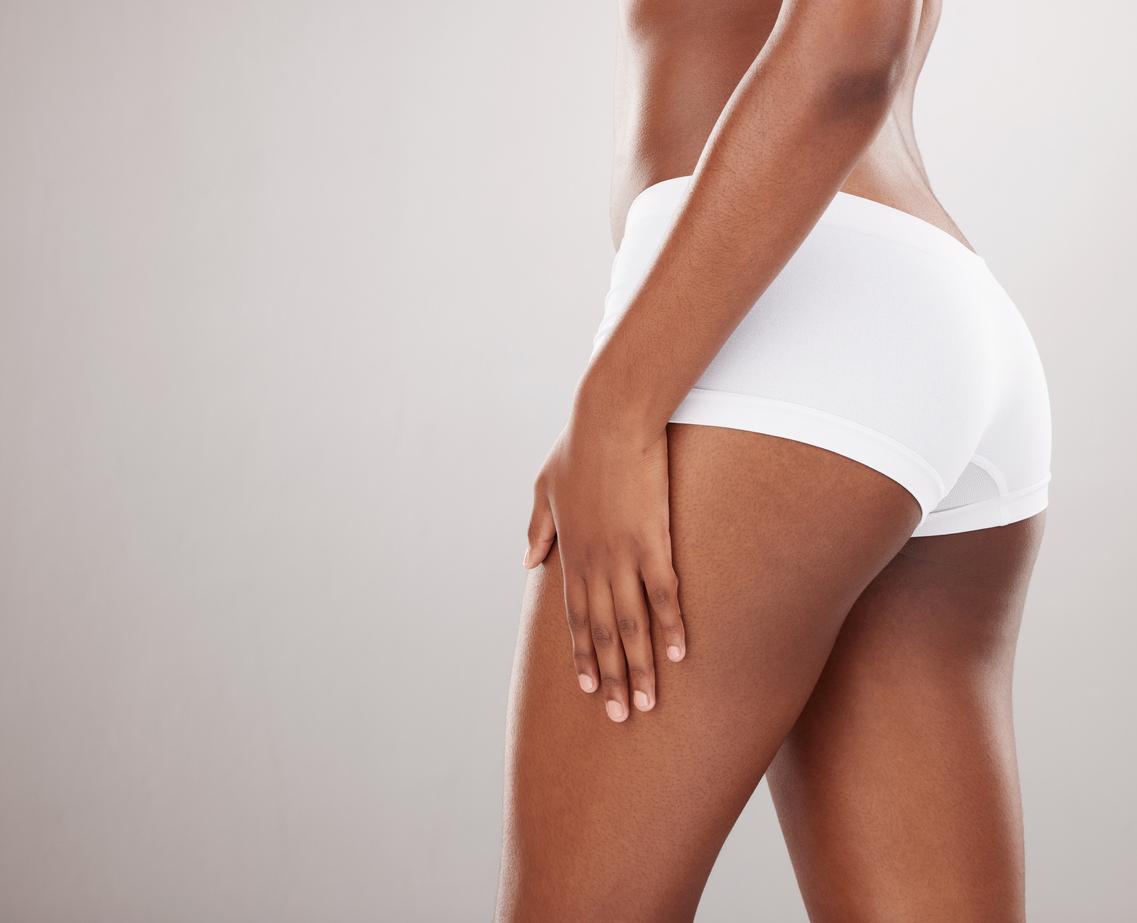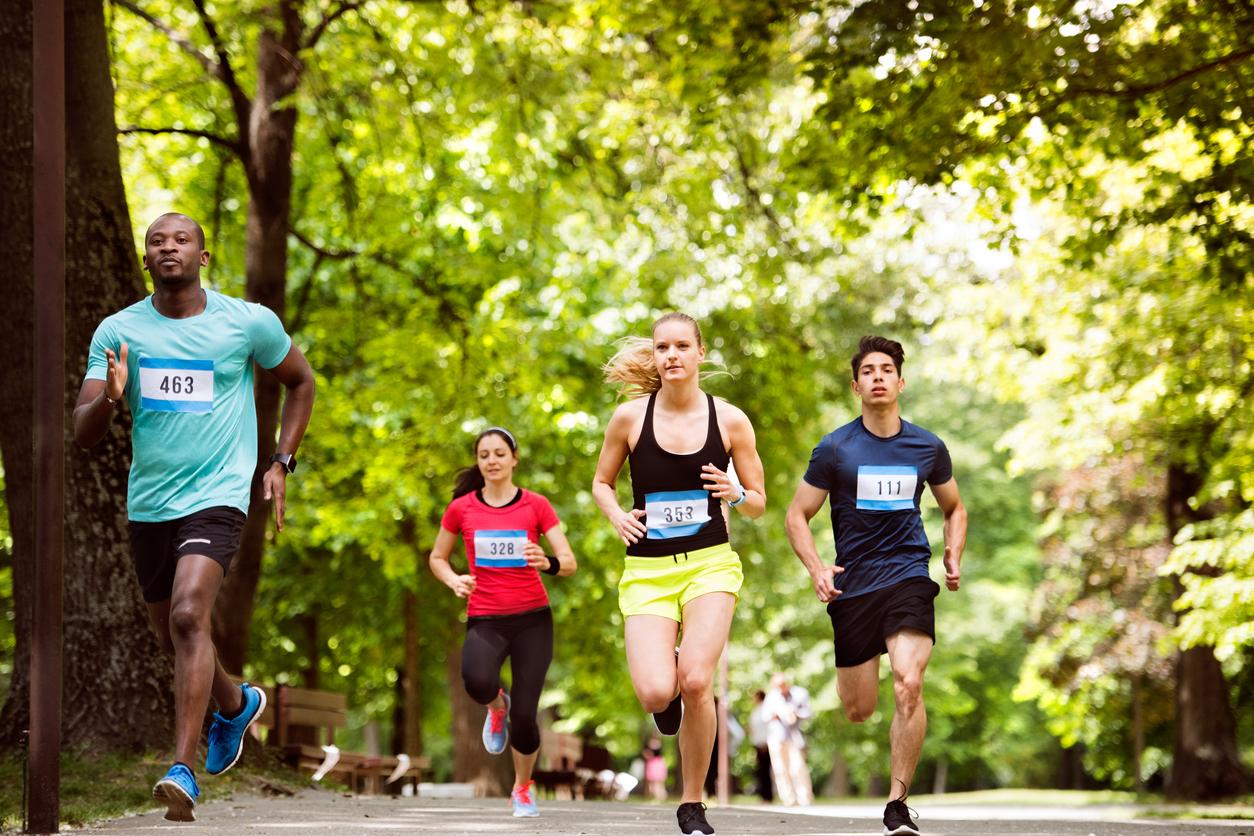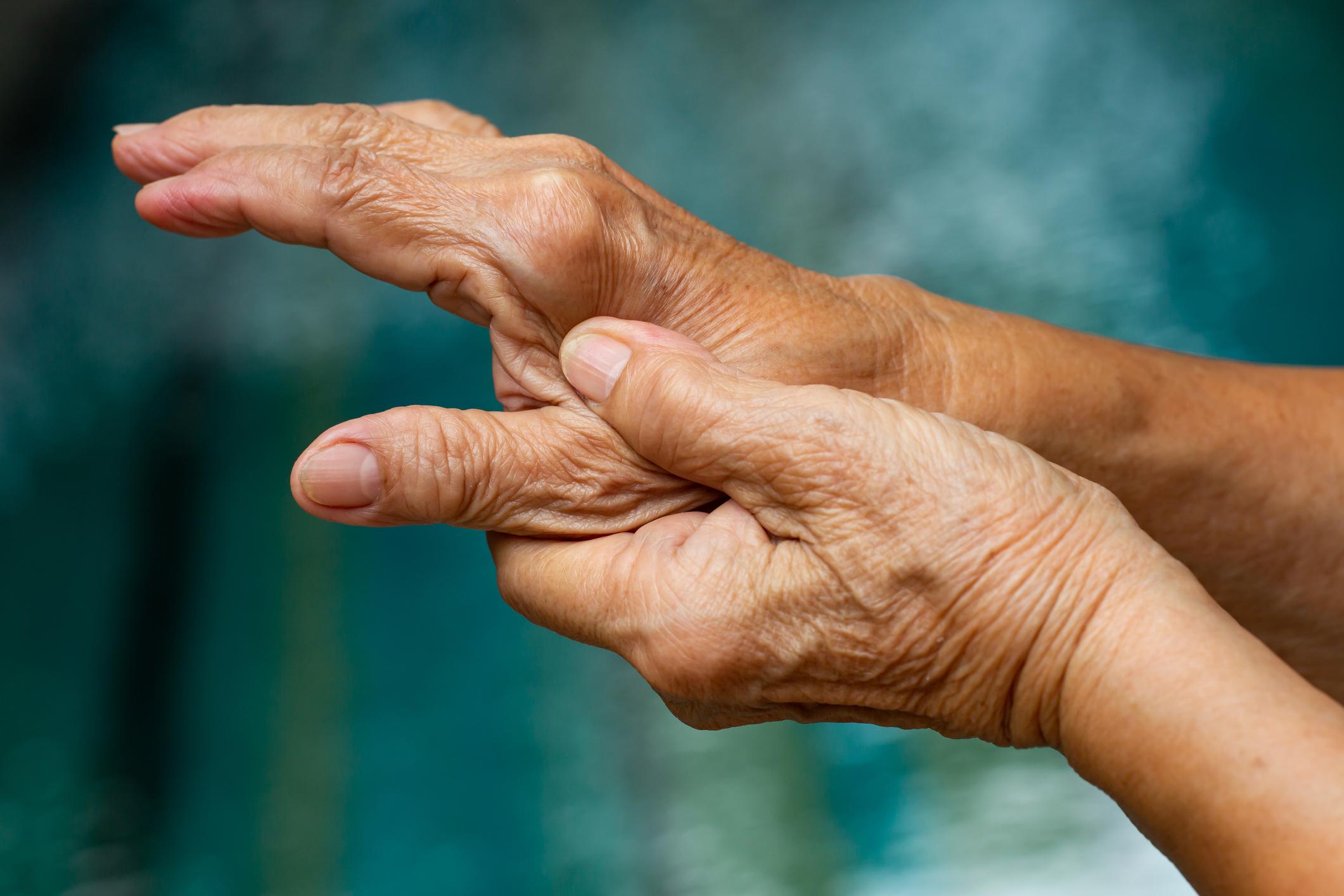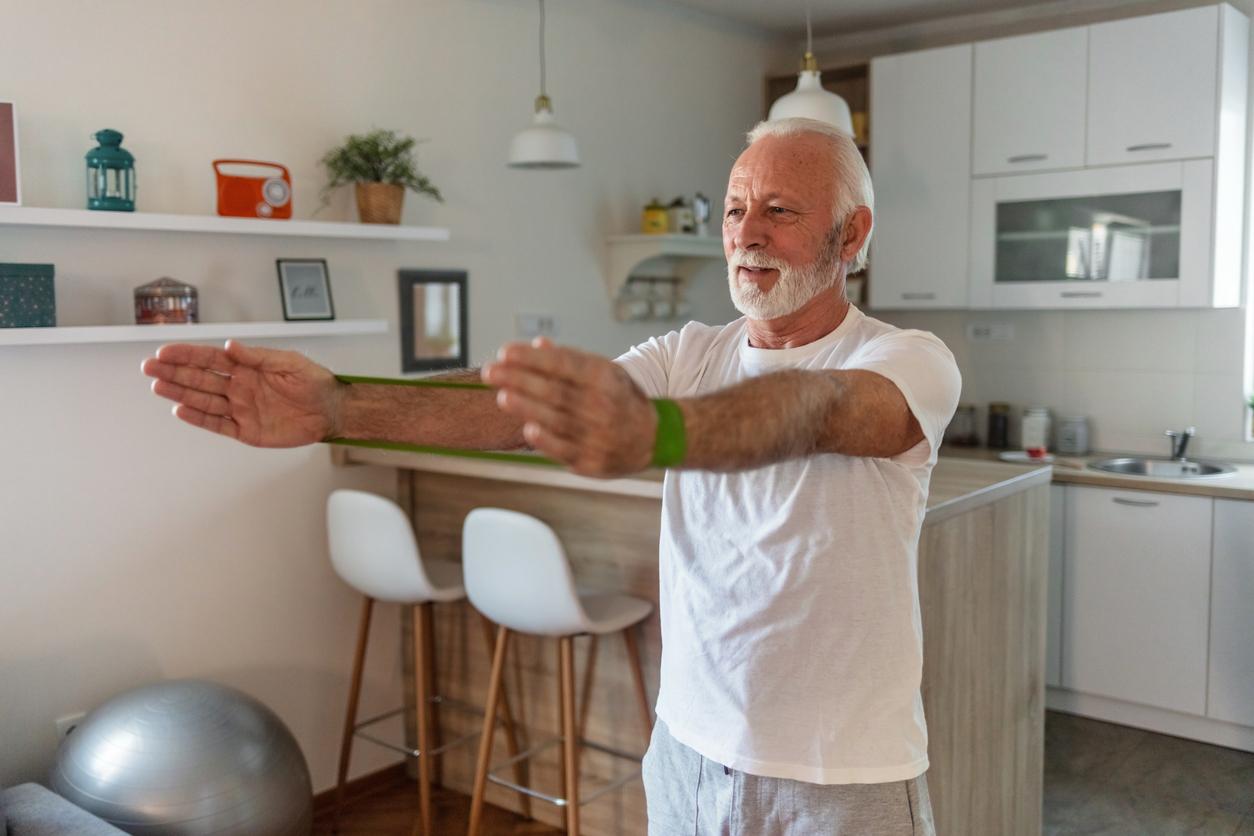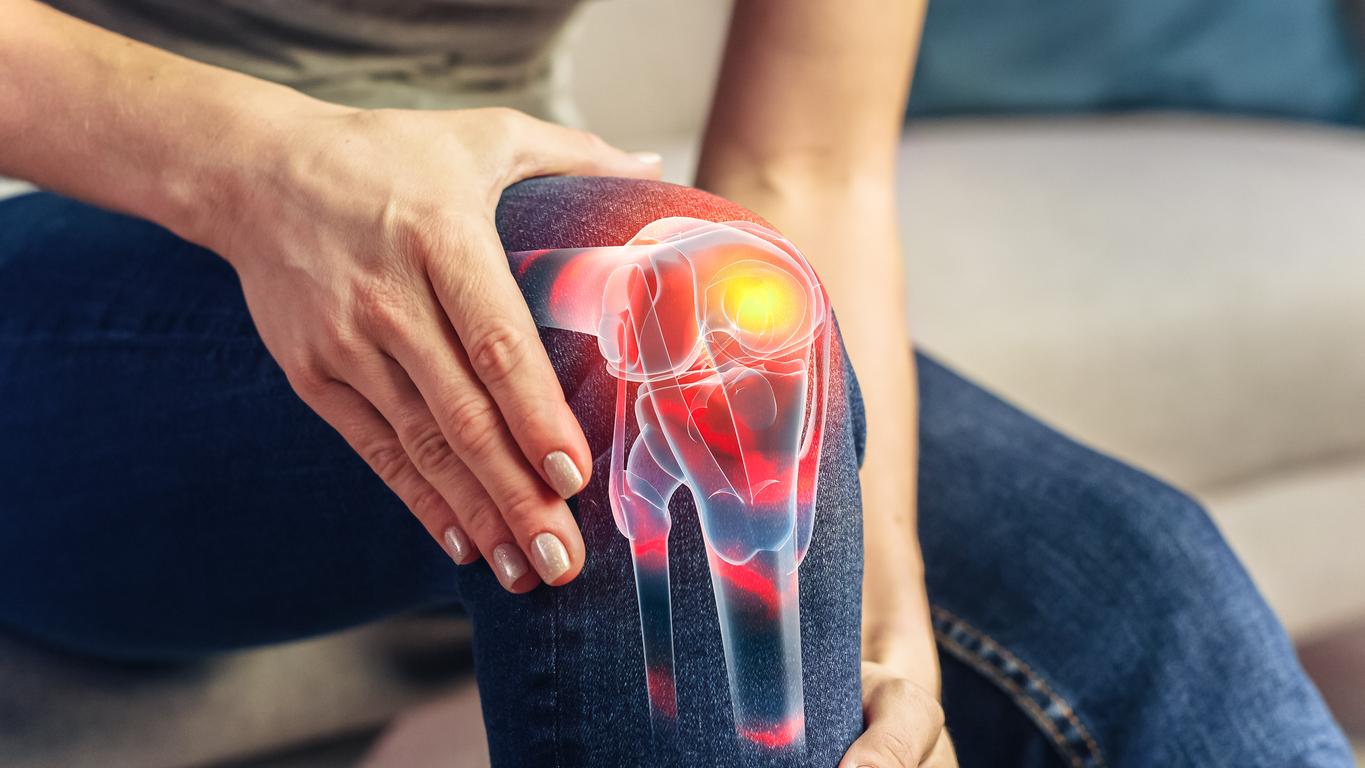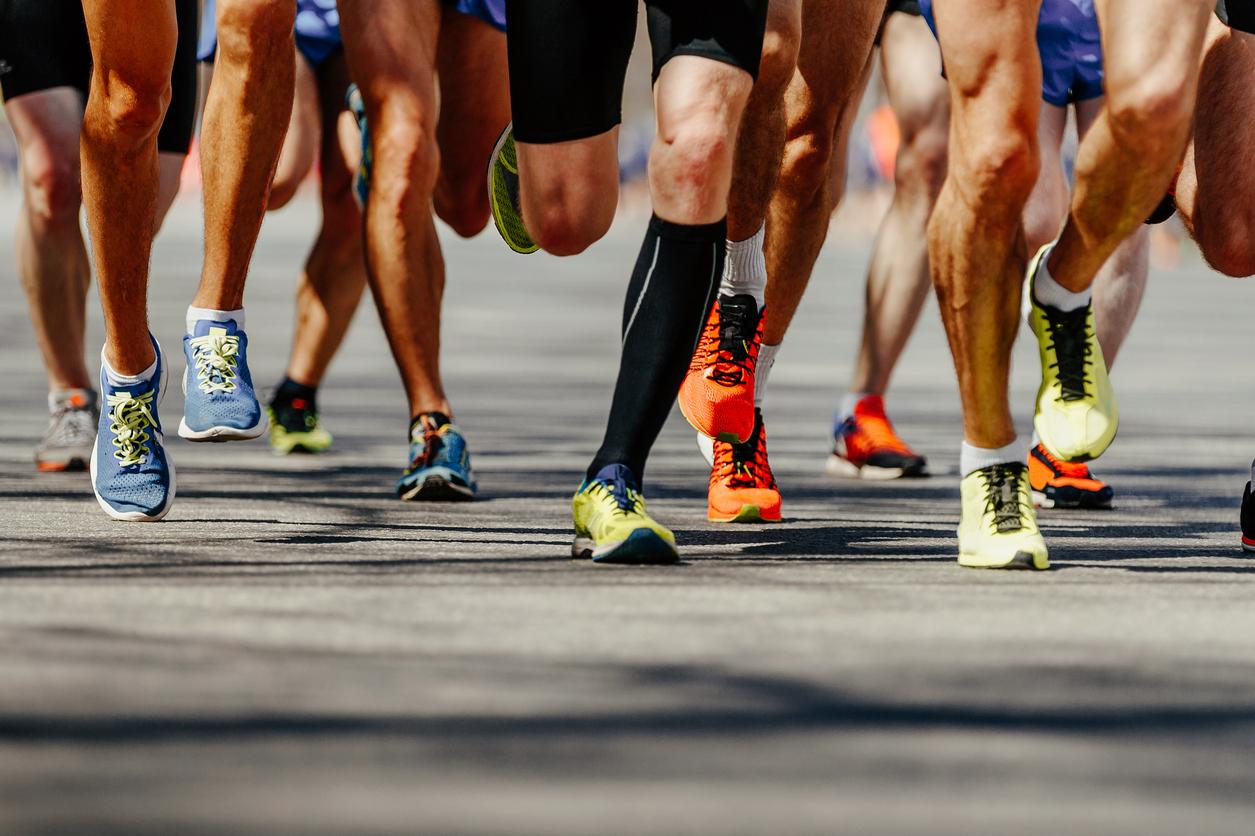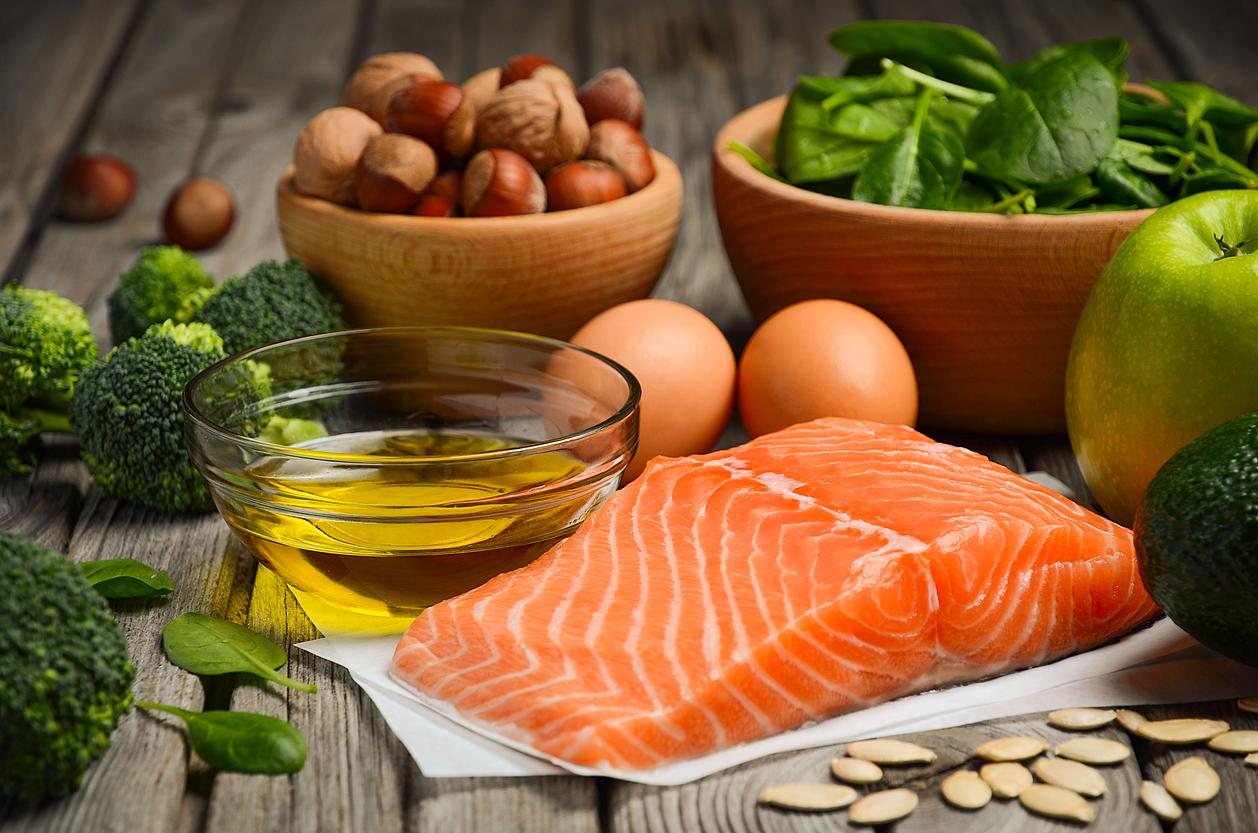Running, tennis, squash… sports with high impact on the ground are the most at risk when you suffer from joint problems. With each stride, these so-called “weight bearing” activities exert significant pressure on the joints of the lower body. For example, “an 80 kg runner imposes five to six times the weight of the body with each impact, that is, with each stride, a load of approximately 480 kg on each hip!” figure Dr Yannick Guillodo, specialist in physical medicine and rehabilitation in Brest.
In addition, these sports induce strong impacts on the ground, which then affect these same joints. Finally, they also promote repeated trauma (sprain, joint fracture, etc.), likely to increase the risk of osteoarthritis.
But there is no question of giving it up if they like it!
“You just have to practice them in moderation, knowing that the ideal dose varies according to people, age, state of fatigue and general health, all being to stop at the slightest pain”, advises Dr. Daubinet , specialist in physical medicine and rehabilitation at the Nollet Clinic (Paris).
Also wear suitable equipment, for example running shoes with good cushioning, capable of absorbing shocks and thus preventing them from spreading to the joints. Finally, avoid soft ground such as sand: “As the foot sinks deeper into it, its propulsion will last longer and will therefore require greater joint and tendon work”, explains Gilles Daubinet.
It is therefore better to favor flat ground: “Downhill running makes the joints support seven to nine times the weight of the body, compared to six times on flat ground”, adds Dr Guillodo.
The ideal is to combine soft and intense activities
Tai-chi, yoga, Pilates method, walking, swimming, water aerobics, cycling, rowing… all these gentle activities are excellent for the joints, since they do not place the weight of the body on the joints of the lower limbs (hip, knees , ankles). So they do not add mechanical stress on these joints, and are therefore, in general, without risk.
“Excluding particular joint problems –knee osteoarthritis which can prevent the cross-legged position in yoga, dislocation of the shoulder incompatible with swimming, etc. -, soft activities can be practiced as much as desired and by everyone, regardless of age”, says Dr Daubinet. But if soft activities are more beneficial for the joints, they are on the other hand less effective in strengthening the system. cardiovascular and muscles, whereas for high-impact sports, it’s the opposite.
“For example, for the less fragile (young people, people with naturally more robust joints…), this can consist of two weekly running sessions of one hour, plus one session per week of 30 to 45 minutes of swimming or cycling, or – for more flexibility – tai chi. And for older people or people with less robust joints, two cycling sessions of 30 to 45 minutes and two or three yoga sessions”, develops Dr Guillodo .
Read also :
- Osteoarthritis: the most affected joints, and those that are less affected
- How long should you run each week to lose weight?
- 6 tips for getting back on the bike
- Nordic walking or the sport that gently works 80% of the muscles








